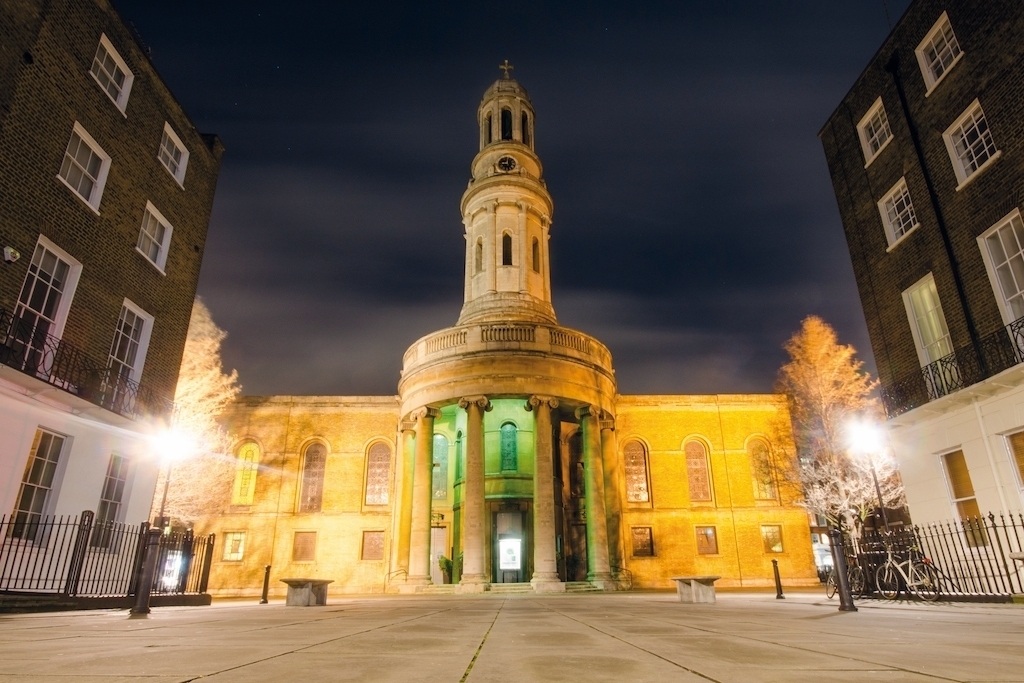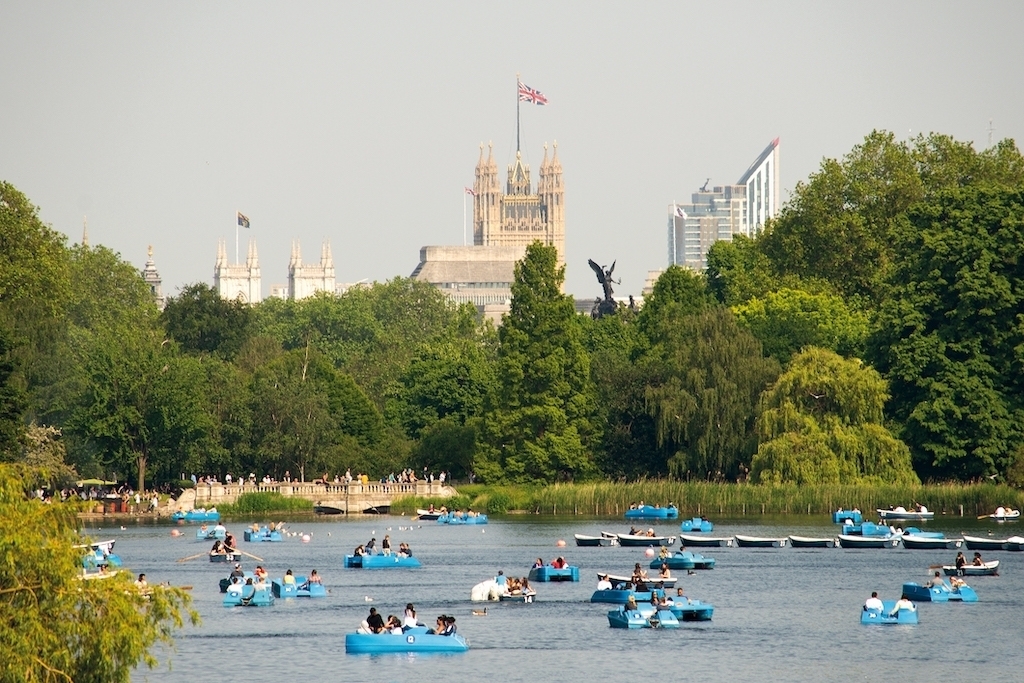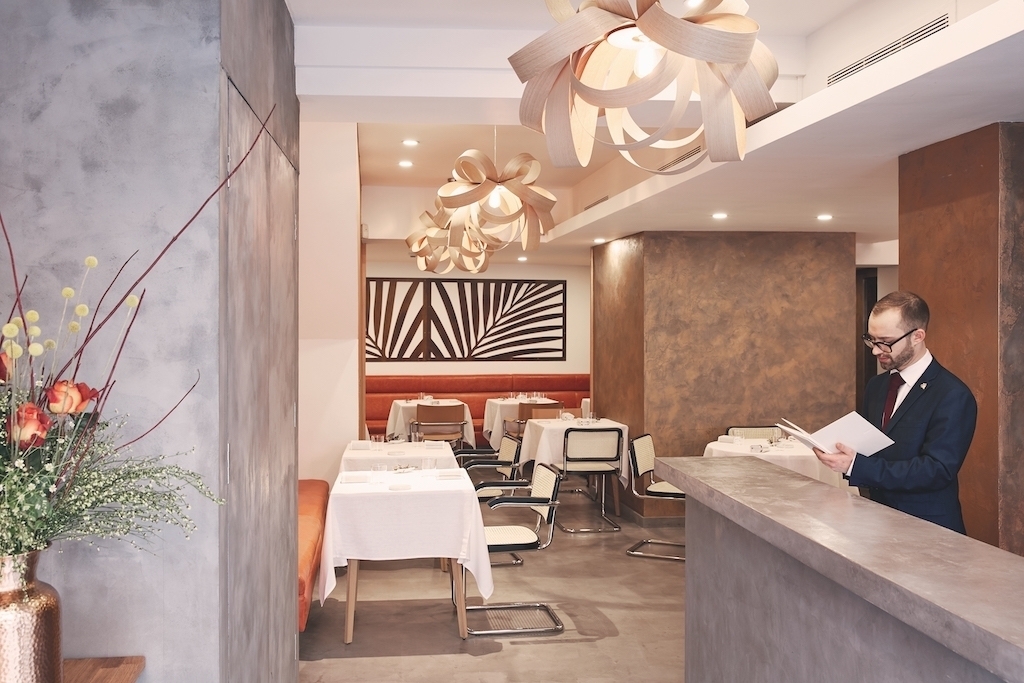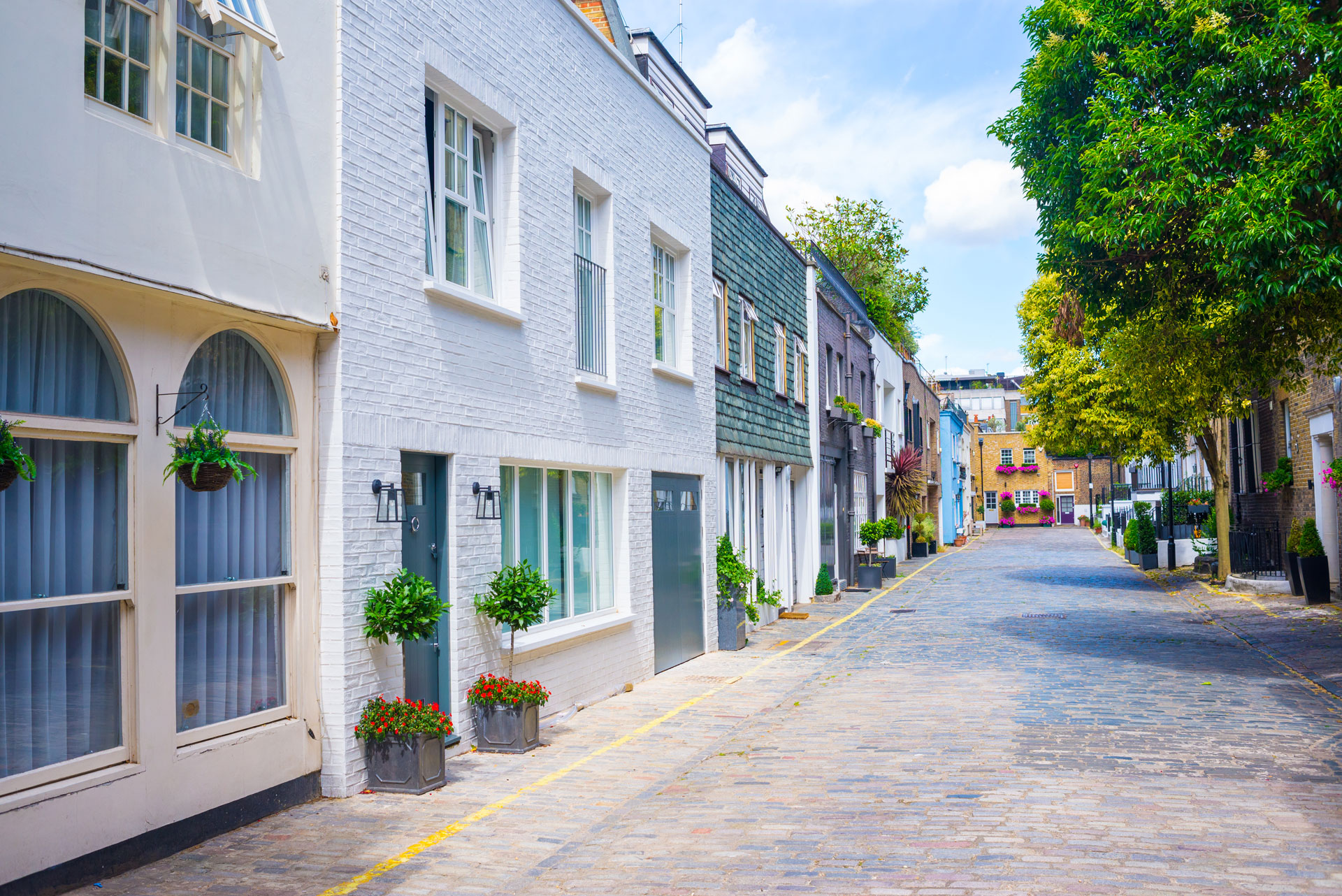
- HOME
- PROPERTY
Let’s Move To… Marylebone
And it's not just because of Chiltern Firehouse...
By | 3 years ago
Technopreneurs are flocking north of the park for its great connections, says Anna Tyzack
Let’s Move To… Marylebone
A History
Enviably positioned between Hyde Park, Regent’s Park and Mayfair, it was only a matter of time before Marylebone was ‘discovered’. This is where the new generation of buyers want to put down roots – even though their parents would never have considered living ‘north of the park’. ‘There’s so much going on here in terms of restaurants, shops and transport links, plus all the green space you could want,’ explains Simon Tollit of Tedworth Property. ‘Californians love it; European tech investors love it.’
So-called after the church of St Mary and the river or ‘bourne’ beside it, much of Marylebone was constructed in the 18th century by two landowning families, the Portmans and the Howard de Waldens, who appreciated good quality architecture. The estates are still the area’s two major landlords. By the end of the 20th century, however, Marylebone had become a poor relation to Mayfair, and the two estates set about improving its fortunes. Less than two decades on, Marylebone is now considered to be one of the most desirable places to live in prime central London, says Alex Bourne, director of Beauchamp Estates. ‘You benefit from living in the centre of a great city and one of the best high streets in London, all in a wonderful urban village – it really is the best of all worlds,’ he says.
The gentrification began slowly in the 1990s, with the arrival of independent businesses such as Daunt Books, which occupies premises on Marylebone High Street – built in 1910 for antiquarian booksellers Francis Edwards. By the time Chiltern Firehouse opened in 2013, the whole area was alive with wine shops, cafés and boutiques. There are also now several luxury hotels, including the Marylebone Hotel and the Langham.
Something for Everyone
‘Howard de Walden and the Portman Estate are a key factor in the area’s charm,’ says Paul Christian of Marsh & Parsons. ‘Their careful curation of beautiful independent shops and restaurants has made this a special corner.’
Many of those buying in Marylebone are wealthy international graduates and tech professionals working at Google, Facebook and Snapchat in King’s Cross and Fitzrovia, according to Martin Bikhit, of Berkshire Hathaway Home Services Kay & Co: ‘This new generation is lured by the café culture, quality restaurants and the open spaces of Regent’s Park and Hyde Park.’
Buyers also appreciate the excellent connections: to the City and Canary Wharf from Baker Street and Bond Street, to Heathrow from Paddington, and to Paris by Eurostar from St Pancras. ‘All within a ten-minute cab ride,’ says James Hyman of Cluttons.
The area has increasing family appeal, due to its proximity to parks, roomy townhouses with gardens and private schools that include Wetherby Prep and Senior schools, Francis Holland, Queen’s College and Hyde Park School. There are also outstanding state options and two international schools.‘There is a charming village feel, with a farmers’ market at the weekend,’ explains Lucie Hirst of property finders Colombo Hirst.
It Comes at a Price
Marylebone’s varied property offering ensures it suits buyers at every stage of life, adds Alessandra de Paiva Raposo of DPR Property. ‘The area is home to grand townhouses, some of which have been converted into lateral apartments,’ she says. ‘And there are also a number of mews houses and new builds.’ The smaller properties are perfect for those downsizing from larger houses in St Johns Wood and Hampstead to somewhere more central. Then there are country dwellers in search of a pied-à-terre, says Hyman. ‘It’s so easy to get out into the country from here,’ he explains.
Prices have, unsurprisingly, escalated dramatically over the past few years. The average price is around £1,600 per sq/ft: a studio flat costs from around £400,000 and prices for four- bedroom properties start at around £2 million.
Prices are still up to a third lower than in Mayfair and Knightsbridge, according to research by Cluttons. ‘Prices are chunkier than they once were, but Marylebone still looks good value, particularly given it is developing into a truly prime area,’ Tollit observes. The most prestigious addresses are east of Baker Street.
Property finder Philip Eastwood of The Buying Solution recommends Dorset Street and Manchester Street for a calm residential vibe. The garden squares are always coveted: Montagu Square (where John Lennon and Yoko Ono once lived) and Bryanston Square, formerly home to Wallis Simpson.
For those on a lower budget, meanwhile, the streets west of Baker Street, towards Edgware Road, offer the best value in the area, according to Tollit – from just under £800,000 for a two-bedroom property in a purpose-built block.
In some ways, Marylebone has been a victim of its own success, he continues. ‘The prices are becoming quite punchy for an area that isn’t Mayfair or Belgravia,’ he says. ‘But then Marylebone seems to offer what the next generation of buyers are looking for – we call it the Chiltern Firehouse effect.’
When in Marylebone
Proper coffee
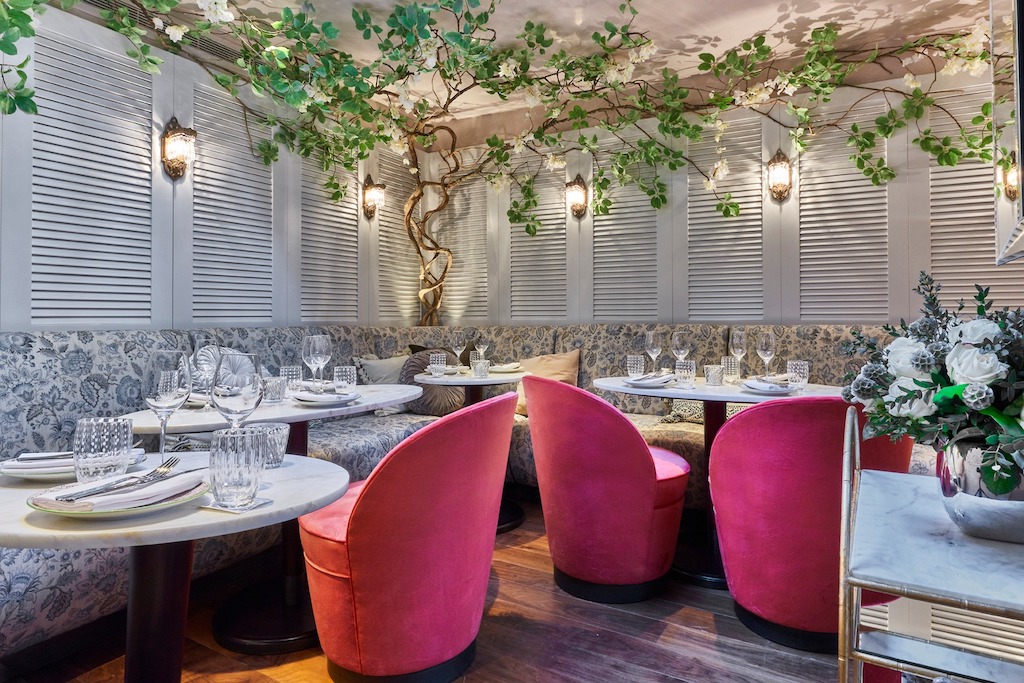
AOK Kitchen on Dorset Street makes a great flat white and healthy food. aokkitchen.co.uk
Brunch with friends
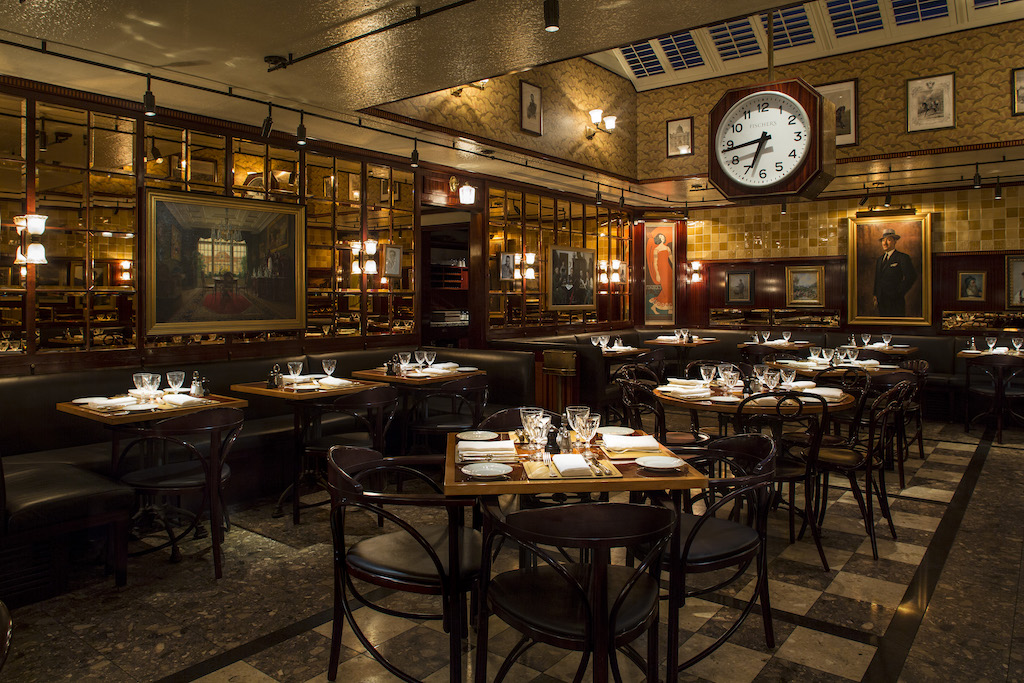
Fischers is an informal neighbourhood café and Viennese konditorei. fischers.co.uk
Curry night
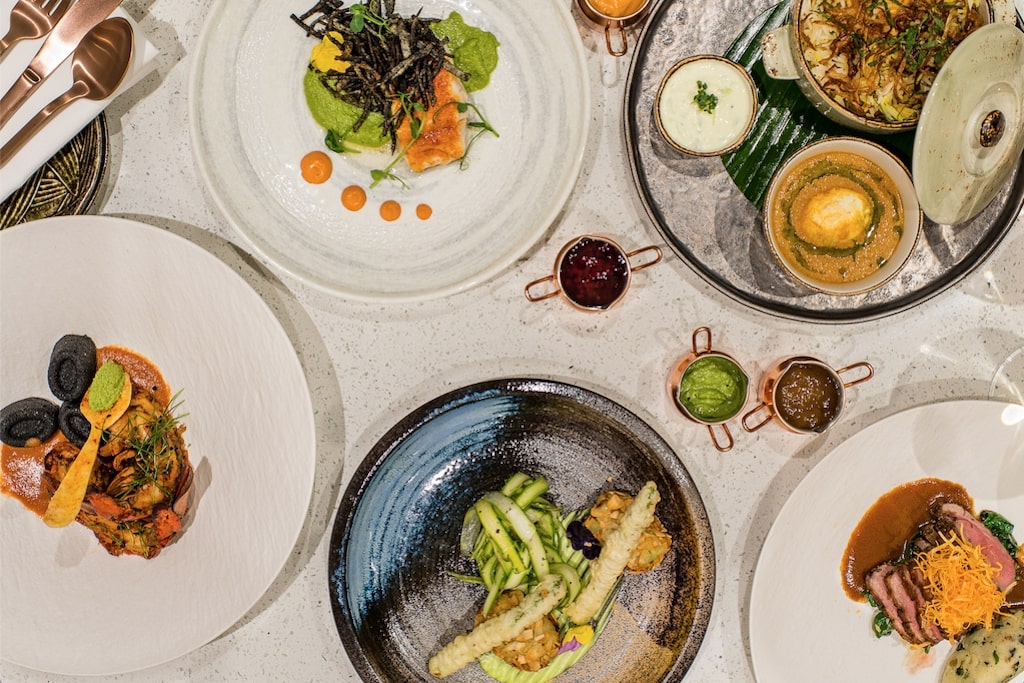
For delicious South Indian food and an underground cocktail bar head to Ooty. ooty.co.uk
Cocktails
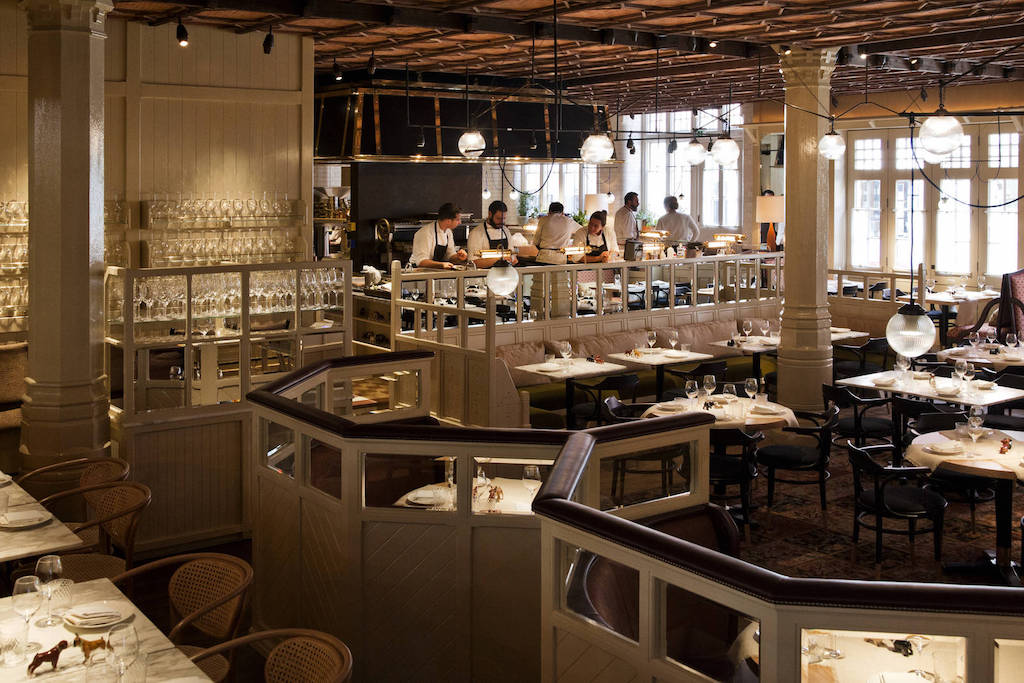
The Chiltern Firehouse, naturally. It’s celebrating its fifth year. chilternfirehouse.com
Girl’s lunch
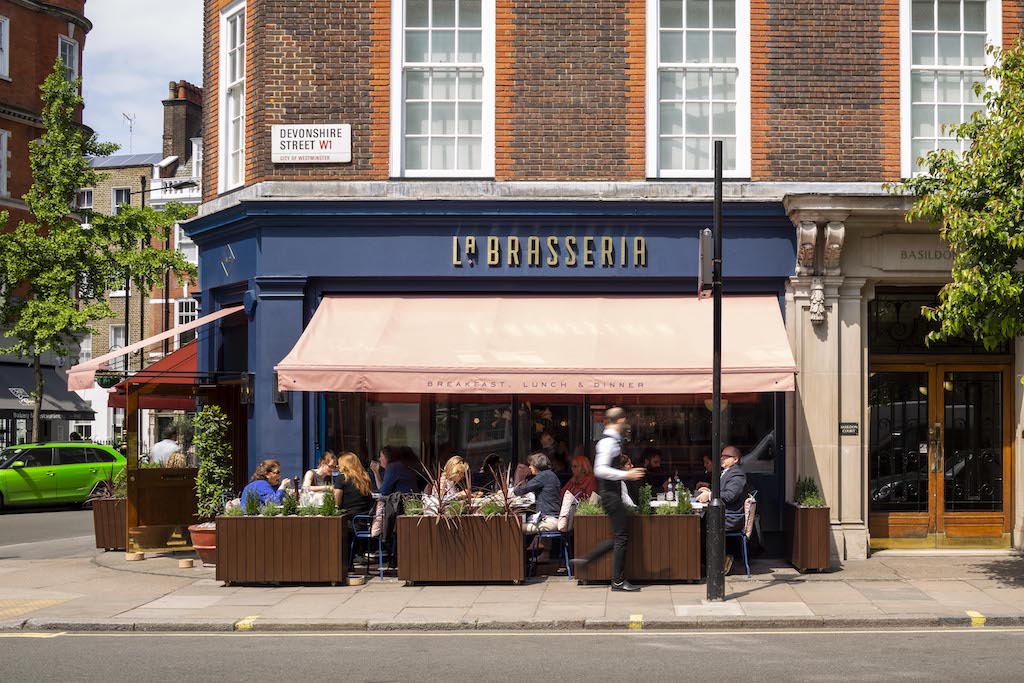
La Brasseria Milanese is a modern (and dog-friendly) Italian restaurant in the heart of Marylebone. labrasseria.com
Date night
Chef Simon Rogan’s Roganic serves wow- factor food from his own farm in Cumbria. simonrogan.co.uk
Shopping spree
On Marylebone High Street don’t miss Cire Trudon, a candle emporium on Chiltern Street, or clothing boutiques Kj’s Laundry and Mouki Mou.
Where To Stay…
Europe’s original ‘grand hotel’ opened in 1865 and has never looked more ravishing, with stunning public areas and wonderfully comfortable, recently renovated bedrooms. From Superior Rooms through to The Sterling Suite, they evoke the comfort of a private residence. Descend to the glittering, spacious, marble-pillared ground floor, where afternoon tea in the Palm Court is a real treat. Take a spell in the sparkling, coolly beautiful Chuan Body + Soul, a sanctuary of physical and spiritual healing. Go on to cocktails at the super chic bar, Artesian, or a drink in the recently opened modern British tavern, The Wigmore, then dinner at Roux at The Landau, overseen by Michel Roux Jr, reopened with stunning good looks earlier this year. In the morning, you might choose the Palm Court once more for breakfast: even the pot of coffee is a thing of beauty. If you really want to indulge, upgrade for entrance to The Langham Club Lounge.
Which born-and-bred Londoners would have dreamed that Marylebone, once dusty and overlooked, could become such a chic, lively quarter, full of quirky, stylish shops, restaurants and cafés? And at its heart, this cosmopolitan community has The Marylebone, a great place for breakfast, lunch, afternoon tea or dinner in its sassy 108 Brasserie, or simply a drink with friends at the bar. Sister to The Bloomsbury and The Kensington in London, as well as The Westbury in Ireland, The Marylebone has been recently refurbished with the addition of a chic new lobby bar, ‘seasonal’ lounges including an outdoor Summer Terrace and sparkling new party and event spaces, The Marylebone Rooms. The hotel is renowned for its spectacular terrace suites, offering Mary Poppins-esque views of Marylebone’s rooftops and complete with a retractable roof, TV and fireplace. Add the on-site Third Space gym, indoor pool and spa, and The Marylebone has it all.
The name of this stylish gastro pub and hotel comes from the fact that it occupies land once used to graze goats. Tucked away in Marylebone’s upmarket Portman Village, it’s also handy for the shops on Oxford Street and the leafy spread of Hyde Park. There’s a rustic chic look to the interior. The lantern-lit restaurant downstairs is all pale oak, a look that carries on into the first-floor dining room, which has an atrium ceiling and open fire. Both rooms serve seasonal British food: tasty grills and rôtisseries, classic and modern dishes, all far superior to standard gastro fare. Spread across the top three floors are eight large bedrooms, simply but captivatingly decorated in subtle shades and furnished in contemporary country style. Enjoy a rainforest shower and a huge sleigh bed made up with crisp cotton sheets. The Grazing Goat belongs to Cubitt House, the same excellent small group that owns The Orange in Pimlico.
Let’s Move To… Faversham / The C&TH Guide to Oxford

